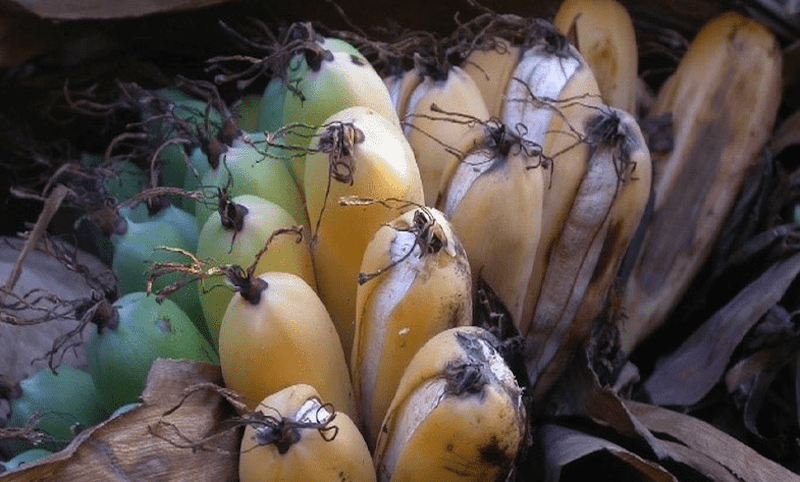A World Without Bananas: Exploring the Possible End of a Beloved Fruit
Bananas may soon become a thing of the past. This once ubiquitous fruit, loved by millions around the world, is facing an unprecedented risk of extinction. The rise and fall of the banana industry is a cautionary tale of how a single disease can decimate an entire industry. In this blog, we will learn about the threats posed by Panama disease and Fusarium Wilt, the dangers of mono-culture banana plantations, and the importance of genetic diversity in saving the beloved banana from extinction.
The rise and fall of the banana
Once considered a luxury, bananas have become a staple fruit in many households. However, their journey to global popularity has not been without challenges. The discovery of the Panama disease, caused by the fungus Fusarium oxysporum, devastated the banana industry in the early 20th century. This disease wiped out entire plantations, leading to the decline of the Gros Michel banana variety, which was highly susceptible to the pathogen.
Panama disease and its cousin, Fusarium Wilt, continue to pose a significant threat to the banana industry today. These pathogens attack the vascular system of banana plants, causing them to wilt and eventually die. The most common banana variety grown worldwide, the Cavendish, is particularly vulnerable to these diseases. With no effective treatment or cure, the potential for a massive loss of banana crops looms large.
Threats from mono-culture farming
Mono-culture farming, the practice of cultivating a single crop over large areas of plantations, has exacerbated the risk of extinction for bananas. This method leaves banana plantations highly susceptible to disease outbreaks, as pathogens can easily spread from one plant to another. The lack of crop rotation and genetic diversity in mono-culture farming systems further weakens the resilience of banana plants, making them more susceptible to diseases like the afore mentioned Panama disease and Fusarium Wilt.
Diminished genetic diversity: The importance of biodiversity
The decline in genetic diversity within banana varieties is a cause for concern. Most cultivated bananas are genetically identical clones, making them highly susceptible to diseases. This lack of genetic variation leaves the entire banana industry vulnerable to the spread of pathogens. The importance of biodiversity cannot be overstated, as it provides natural defenses against diseases and ensures the long-term survival of a species.
The potential solution: Growing to give crop circle agriculture
Growing to give crop circle agriculture offers a glimmer of hope in the fight against the possible extinction of the banana. This innovative farming technique involves planting a diverse range of crops in geometric patterns. By intercropping bananas with different varieties of bananas and other plants, the risk of disease spread is significantly reduced. The biodiversity created by crop circle agriculture strengthens the overall resilience of banana plants, helping them withstand the threat of disease, particularly Panama disease and Fusarium Wilt.
By diversifying the crops grown alongside bananas, banana farmers create a natural barrier against pathogens repelling pests and spores away from the banana plants. Additionally, the diverse range of plants in the crop circle system encourages natural predators to thrive, further reducing the risk of disease outbreaks. This holistic approach not only safeguards the future of bananas but also promotes sustainable and environmentally friendly farming practices.
Case studies: Successful implementations of crop circle agriculture
Several case studies have demonstrated the effectiveness of crop circle agriculture in protecting banana trees from extinction. In the Philippines, where Panama disease has ravaged banana plantations, farmers have successfully implemented crop circle systems. By incorporating crops like legumes, ginger, and sweet potatoes alongside bananas, they have managed to maintain healthy and productive plantations. These success stories serve as inspiration and proof that crop circle agriculture can make a significant difference in saving the beloved fruit.




.png)
.png)
.png)

.png)